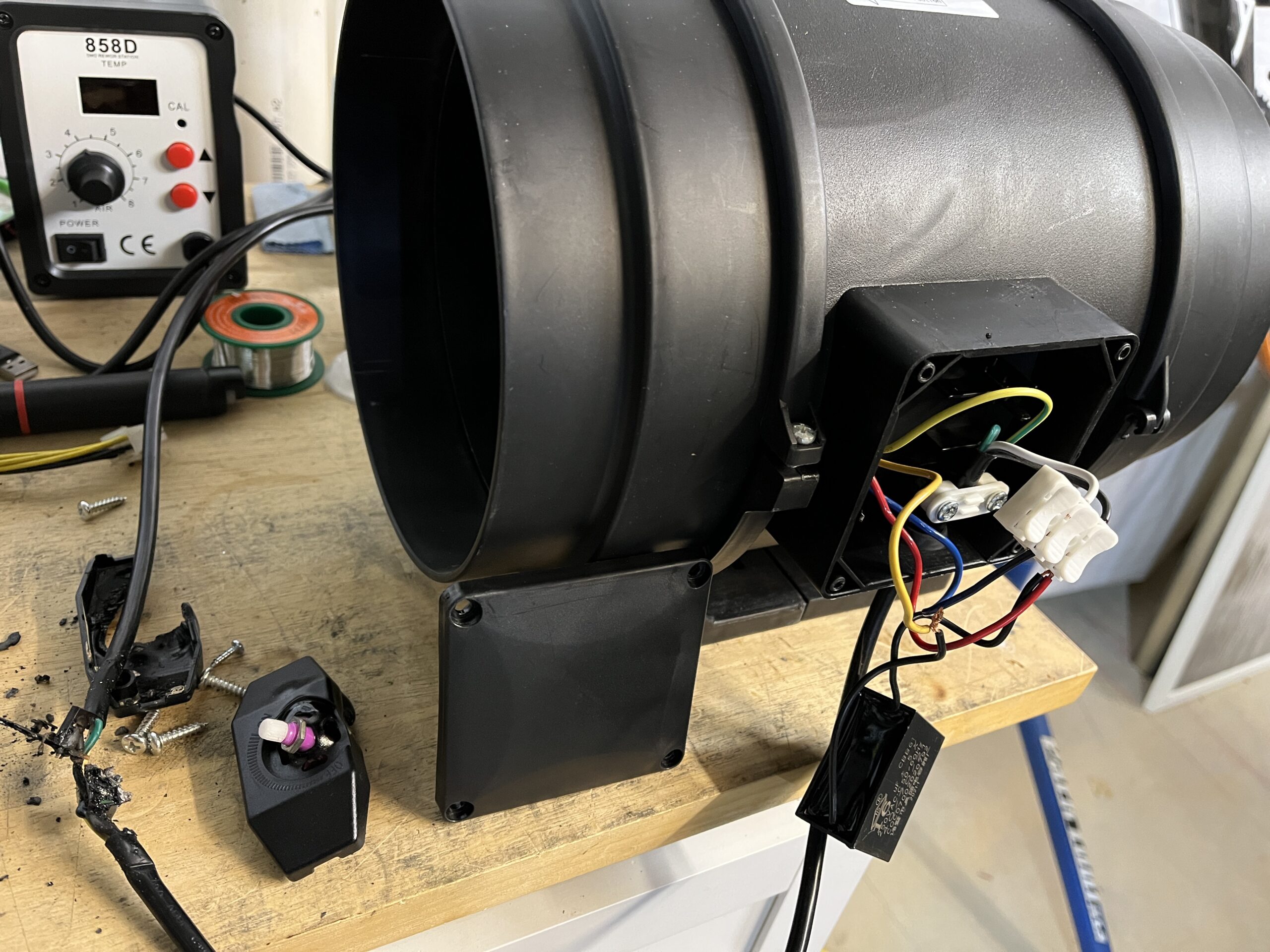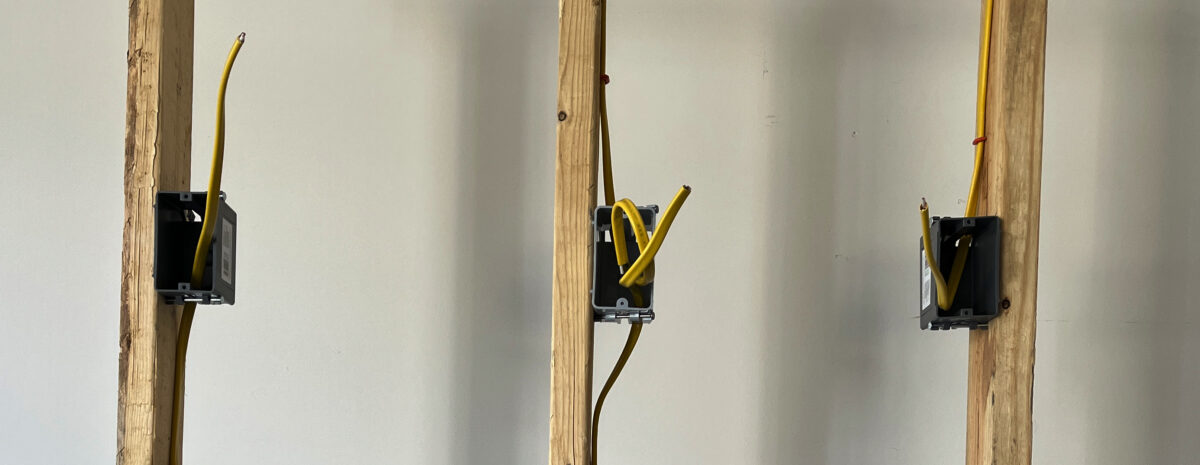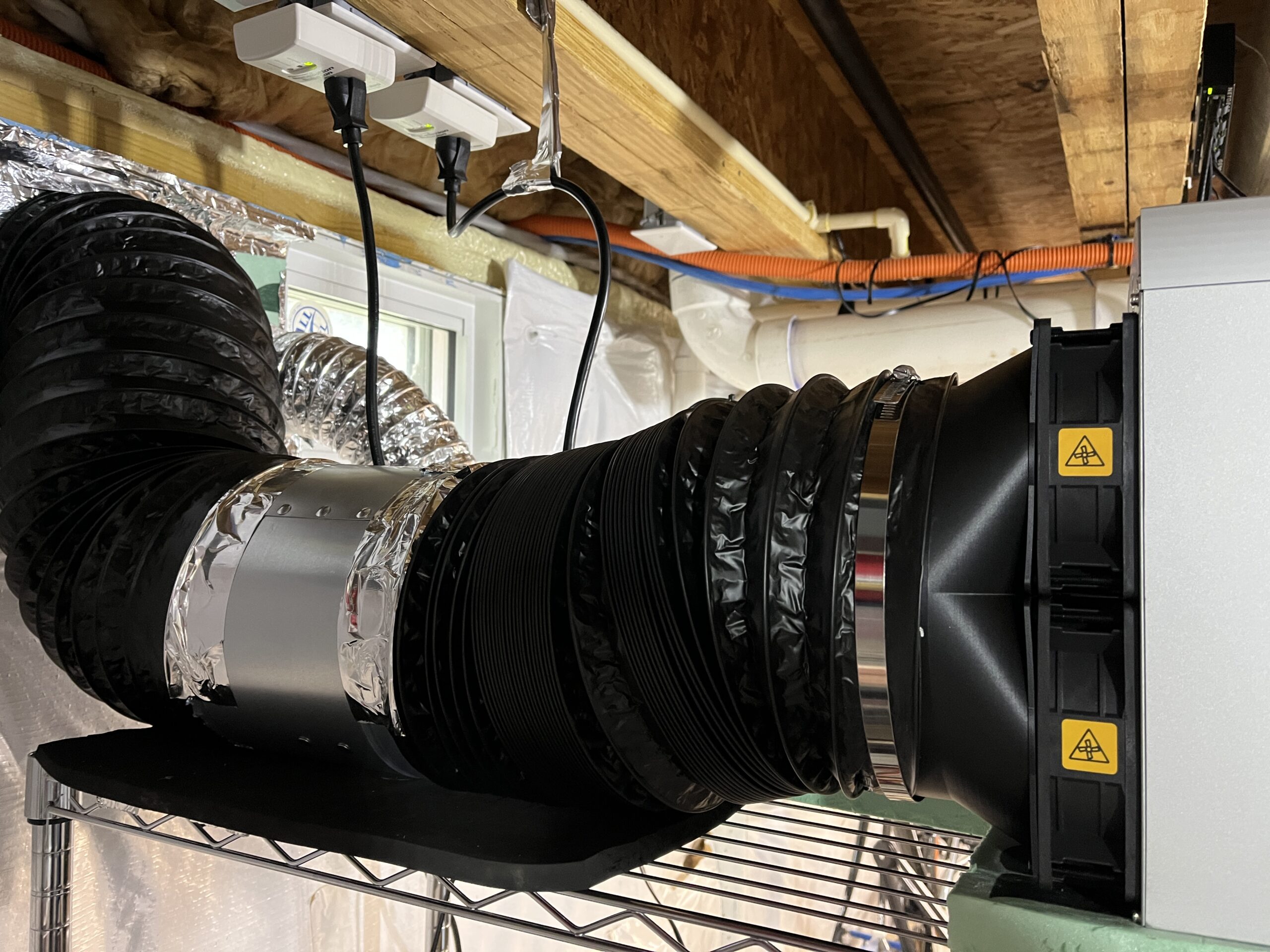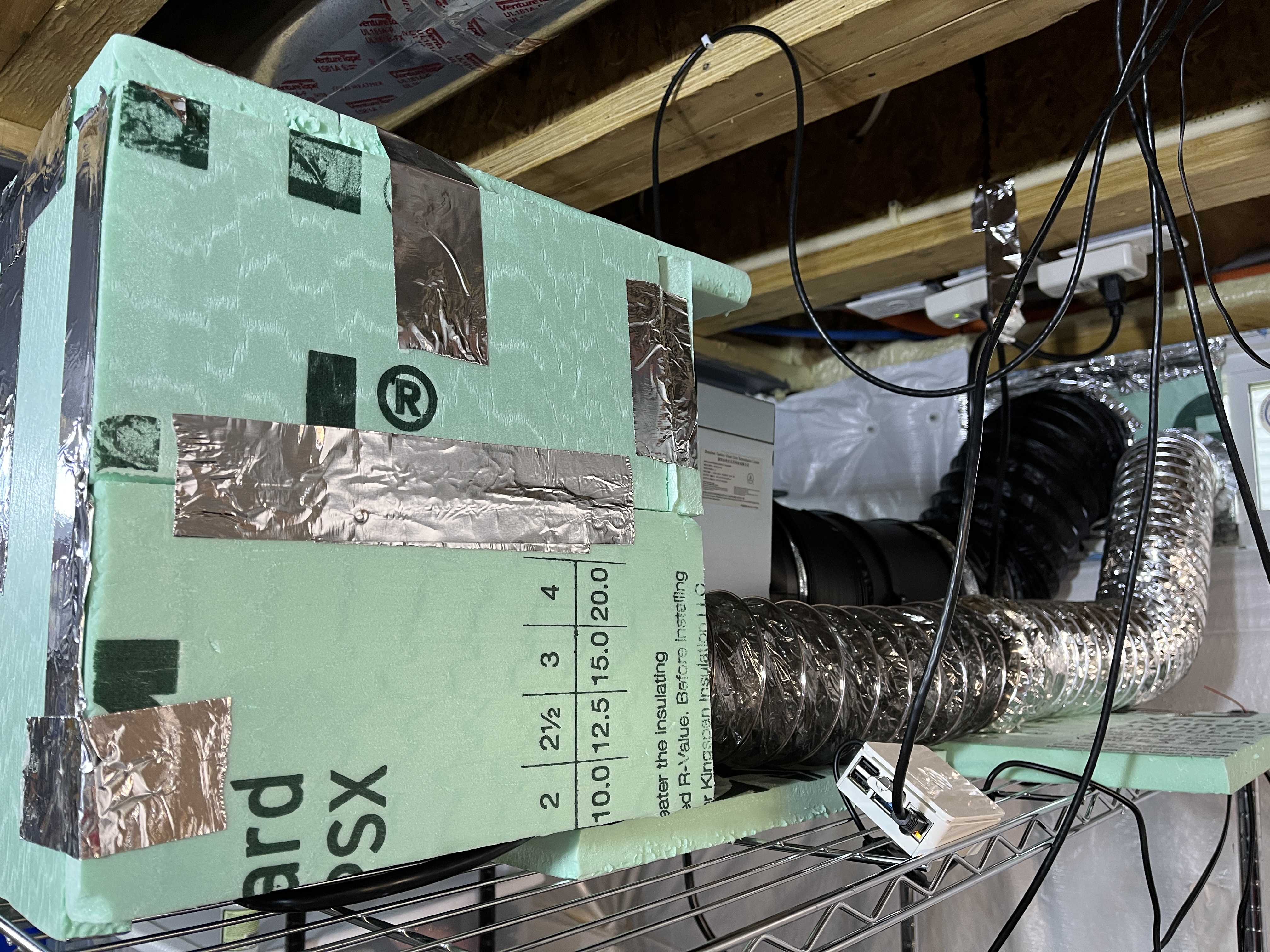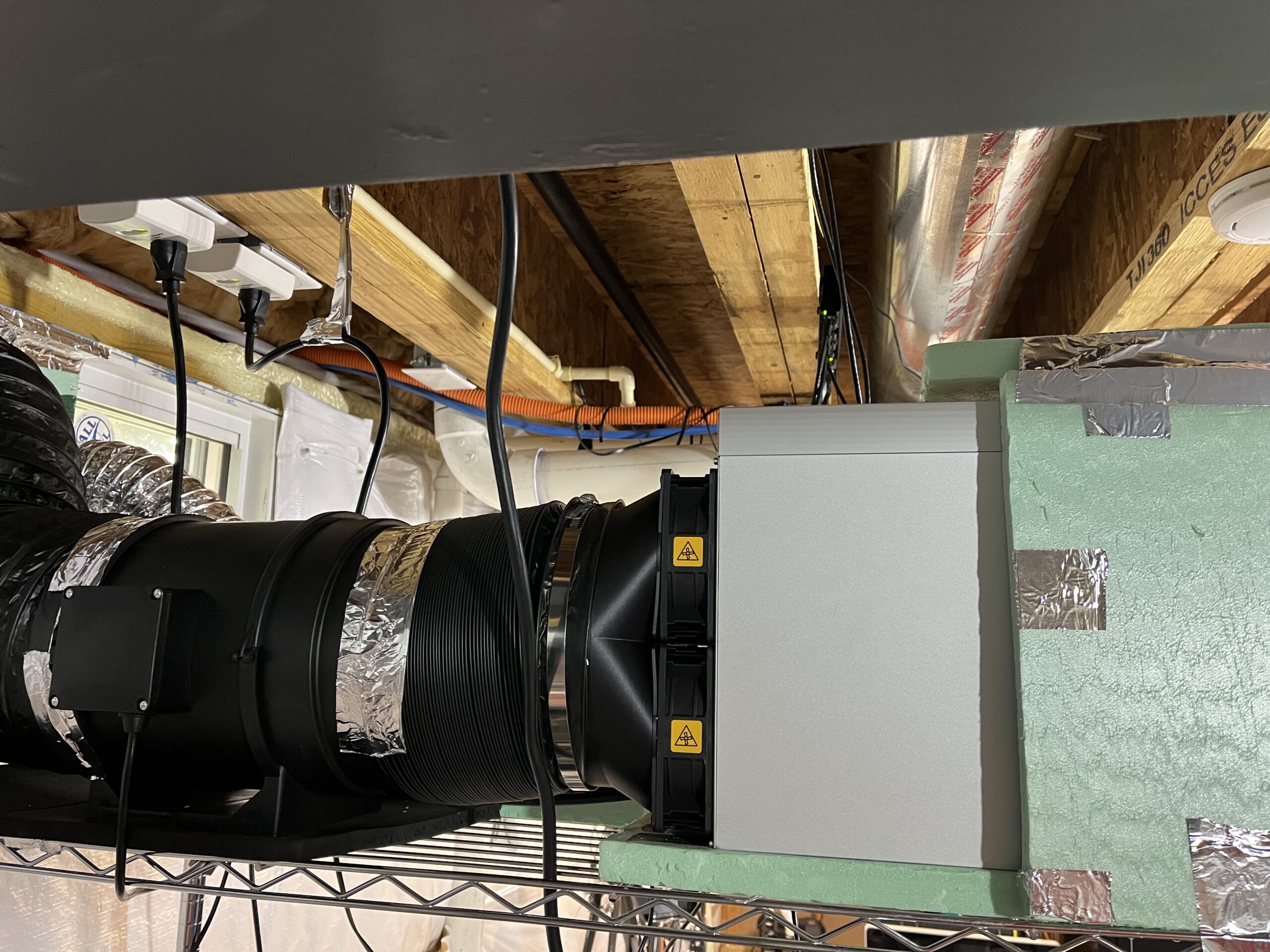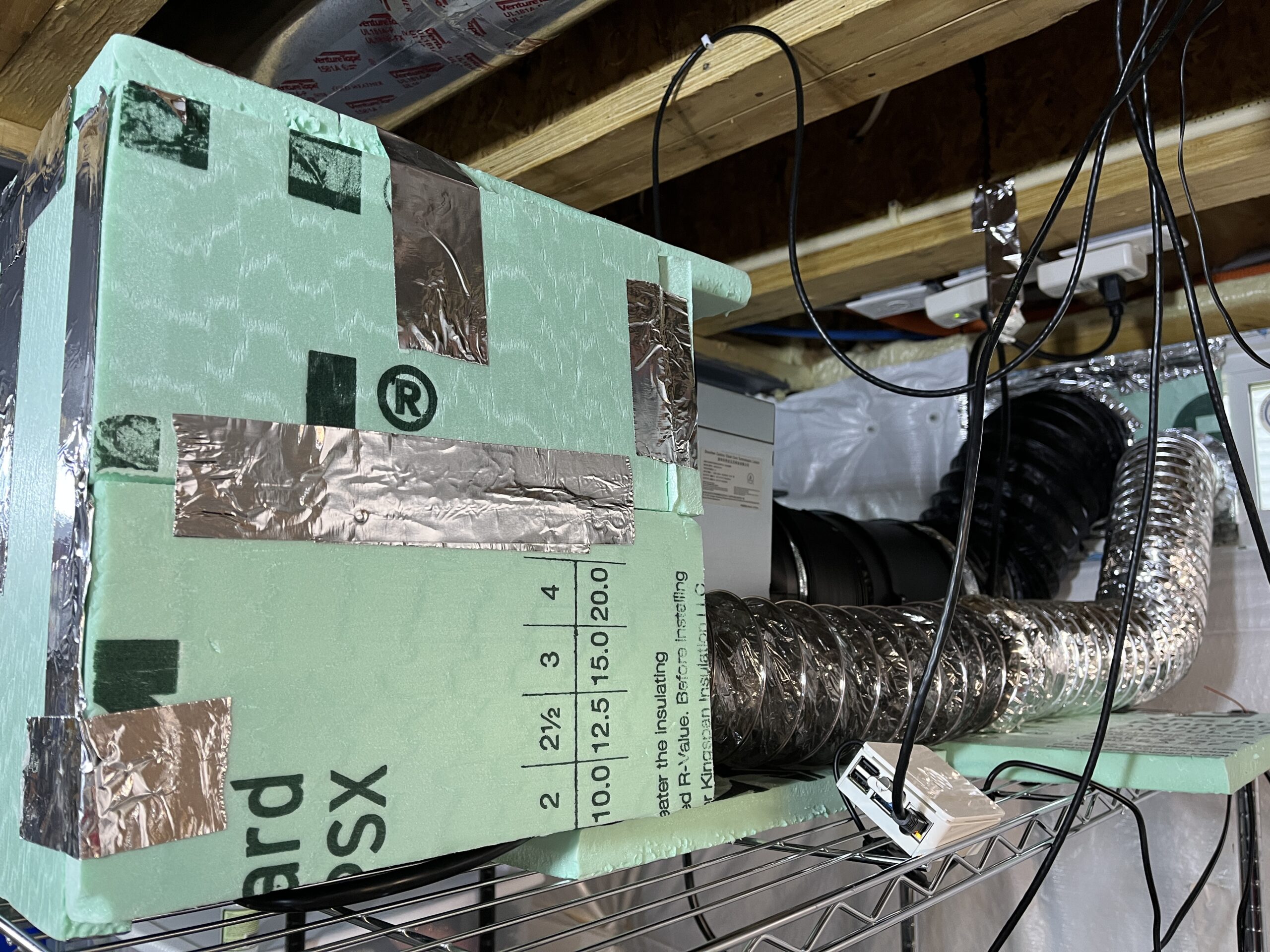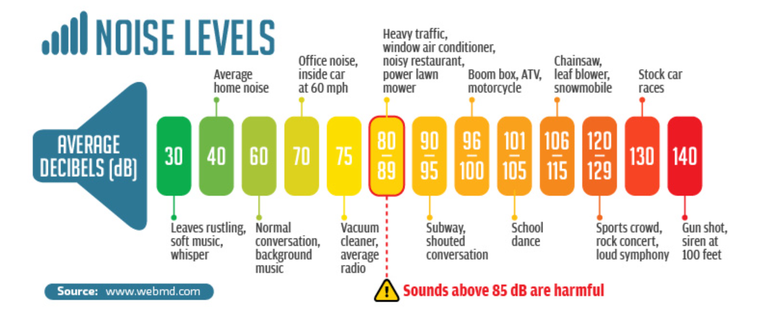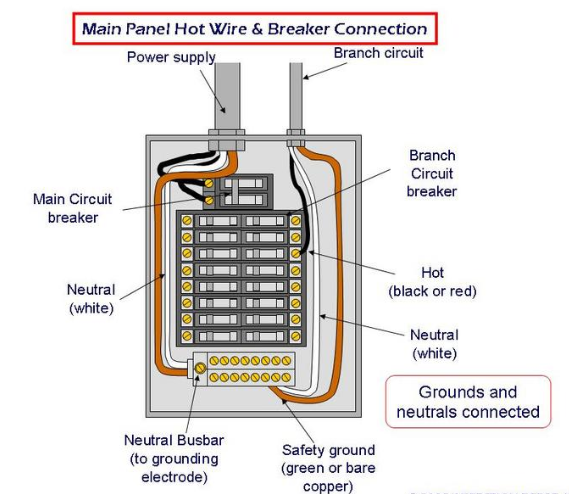This is always a passionate discussion in crypto boards. Many say you’re crazy to mine nowadays, or ever, but some say the return on investment is worth it. What’s the right answer? Well, like anything, there is no right answer, just what’s right for you. I’ll walk you through my thoughts and why I chose to mine.
First let’s pick a date in time that we can use as a baseline, how about 12 months ago to the day I wrote this. So our baseline date is 1/19/2022, and here are the current prices of equipment and crypto I’ll use in this analysis:
| BTC | $42,374.04 |
| LTC | $141.89 |
| ETH | $3163.85 |
| S19 95TH (approx.) | $8,800 |
| L7 9300 (approx.) | $19,200 |
Now we obviously need to have the same costs as of today, 1/19/2023 for comparison purposes:
| BTC | $20,713.82 |
| LTC | $82.87 |
| ETH | $1515.73 |
| S19 95TH (approx.) | $1,800 |
| L7 9300 (approx.) | $9,500 |
Now obviously we’ve been in a crypto bear market, but that’s not an excuse nor a reason to discount the relevant argument which is what’s better, mining or purchasing crypto? Let’s see how it shook out over the past 12 months.
Let’s take a few cases and walk through the numbers. I’ll do my best to estimate costs (a lot of it is actual numbers as I run the miners I’m using in the examples) and keep things on the level. I make several assumptions which may not be your exact case, but I have to make them to compare apples to apples. Also this all assumes that we buy and operate everything on the baseline day until we sell everything on the comparison end date.
| Case example | Starting Investment | Ending Investment |
| 1 – Purchasing 2 BTC miners | $20,000 | $6,536 |
| 2 – Purchasing an LTC miner | $20,000 | $18,415 |
| 3 – Buying BTC | $20,000 | $9,776 |
| 4 – Buying LTC | $20,000 | $11,681 |
| 5 – Buying ETH | $20,000 | $9,581 |
As you can see, in every case we take a loss. What’s interesting is how much less the loss is by selecting the right miner. I’m not advocating to anyone how to spend/invest their money however when I do chose to invest, this is the methodology that I use. Now how did I come up with the data? You can read the summary of each case below. Like I’ve said before, everyone’s numbers will vary depending on several factors but this hopefully gives you some insight into one method of how to choose which route to go.
Case #1 – Investing $20,000 primarily into BTC mining
In this case we’ll purchase two S19 95TH for $8,800 each ($17,600 total) and put the final $2,400 into BTC. For starters, over the course of the last year that $2,400 in BTC is now worth about $1,174.
The $17,600 we spent on the two S19 95TH has yielded us approximately .25 BTC (using a linear regression from mining over the past year) and at today’s price that’s around $5,178. We need to subtract for electricity however so we’ll use the rate I’m at which is around $0.06 per kwh, which equates to $4.68 a day or $1,708 a year per miner. That’s a total electricity cost of $3,416.
The residual value (just work with me here people) of the miners is approximately $1,800 each ($3,600 total) as of 01/19/2023.
So our end-state for this scenario is:
$1,174 BTC investment
$5,178 BTC mined
$3,600 S19 95TH value
-$3,416 operating costs
Our initial $20,000 investment is now worth $6,536.
Case #2- Investing $20,000 primarily into LTC/DOGE mining
In this case we’ll purchase an L7 9300 for $19,200 and put the final $800 into LTC. For starters, over the course of the last year that $800 in LTC is now worth about $467.
The $19,200 we spent on the L7 has yielded us (using a linear regression from mining over the past year) approximately 131 LTC over the year, at today’s price that’s around $10,856. We need to subtract for electricity however so we’ll use the rate I’m at which is around $0.06 per kwh, which equates to $4.68 a day or $1,708 a year.
The residual value (just work with me here people) of the miner is approximately $1,800 as of 01/19/2023.
So our end-state for this scenario is:
$467 LTC investment
$10,856 LTC mined
$8,800 L7 value
-$1,708 operating costs
Our initial $20,000 investment is now worth $18,415.
Case #3- Investing $20,000 into BTC
In this case we’ll simply buy $10,000 worth of BTC and see where that takes us. The math is pretty straight forward here, our end-state for this scenario is:
$9,776 BTC investment
So our initial $20,000 investment is now worth $9,776.
Case #4- Investing $20,000 into LTC
In this case we’ll simply buy $20,000 worth of LTC and see where that takes us. The math is pretty straight forward here, our end-state for this scenario is:
$11,681 LTC investment
So our initial $20,000 investment is now worth $11,681.
Case #5- Investing $20,000 into ETH
In this case we’ll simply buy $20,000 worth of ETH and see where that takes us. The math is pretty straight forward here, our end-state for this scenario is:
$9,581 ETH investment
So our initial $20,000 investment is now worth $9,581.



